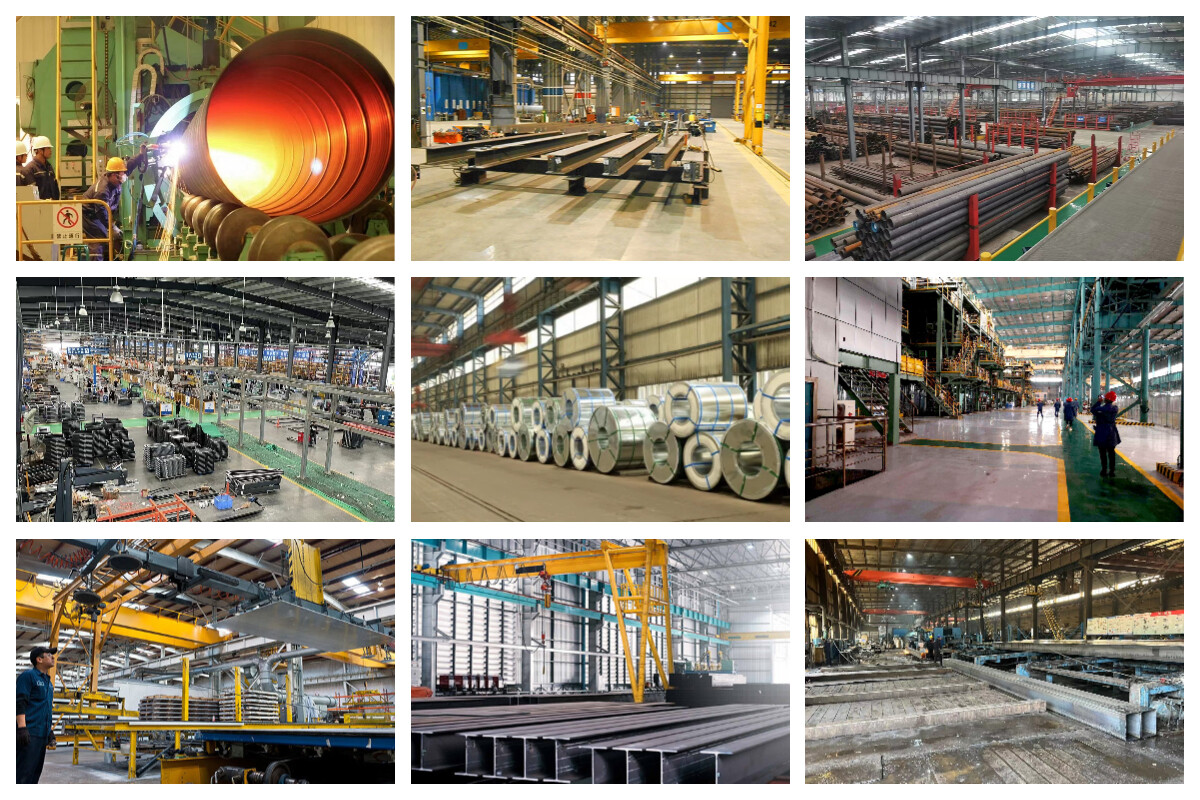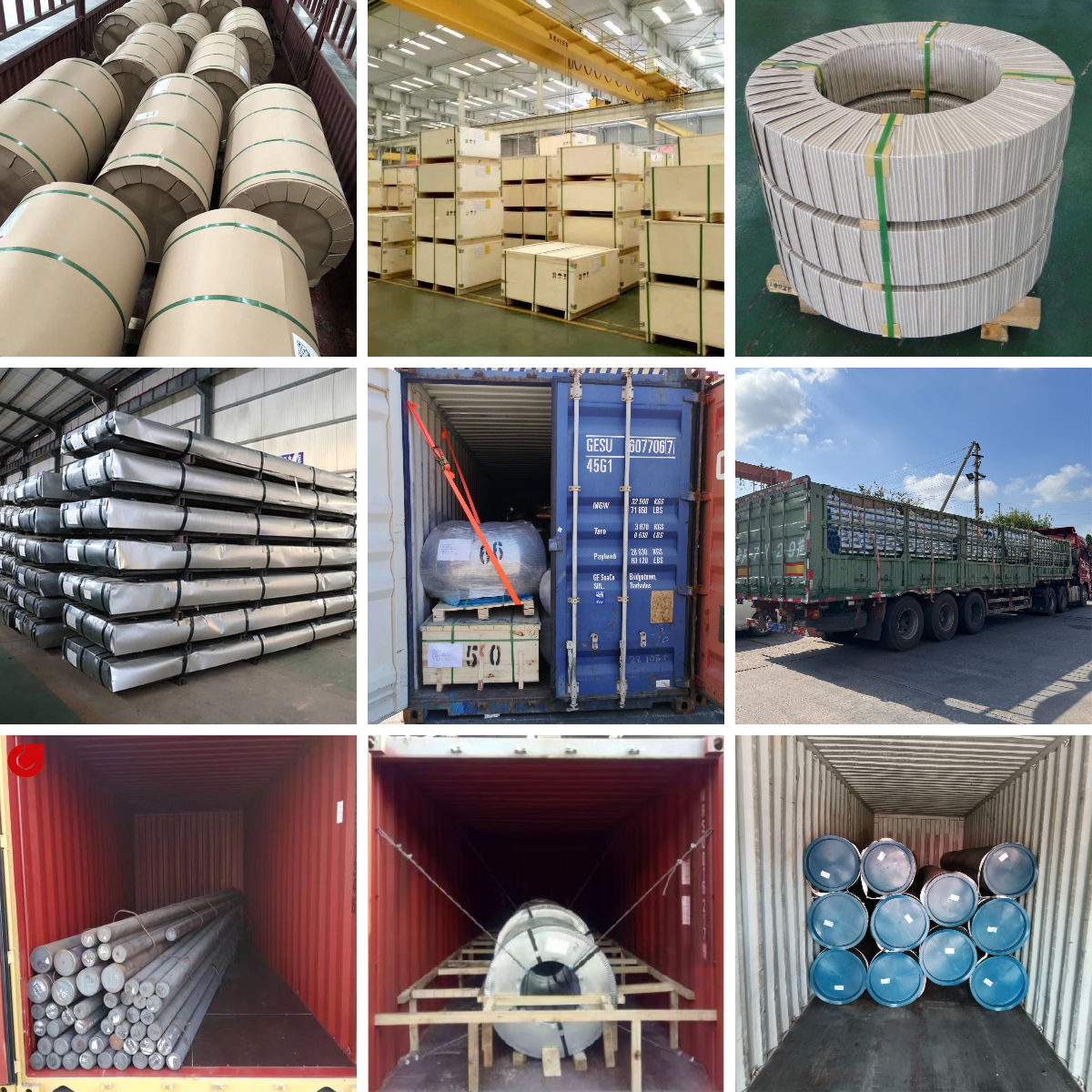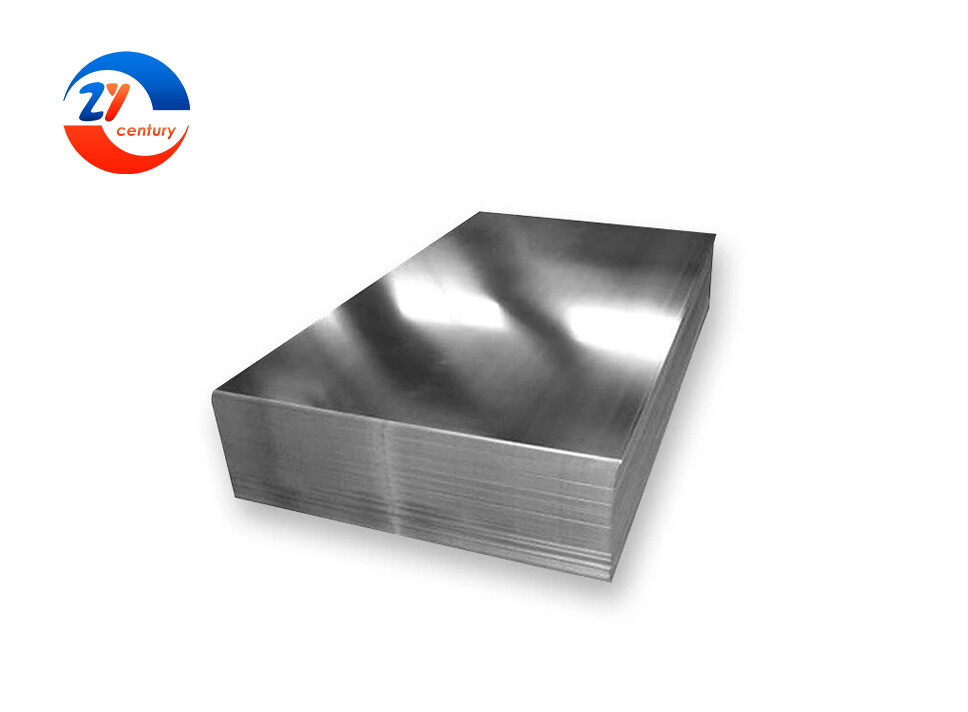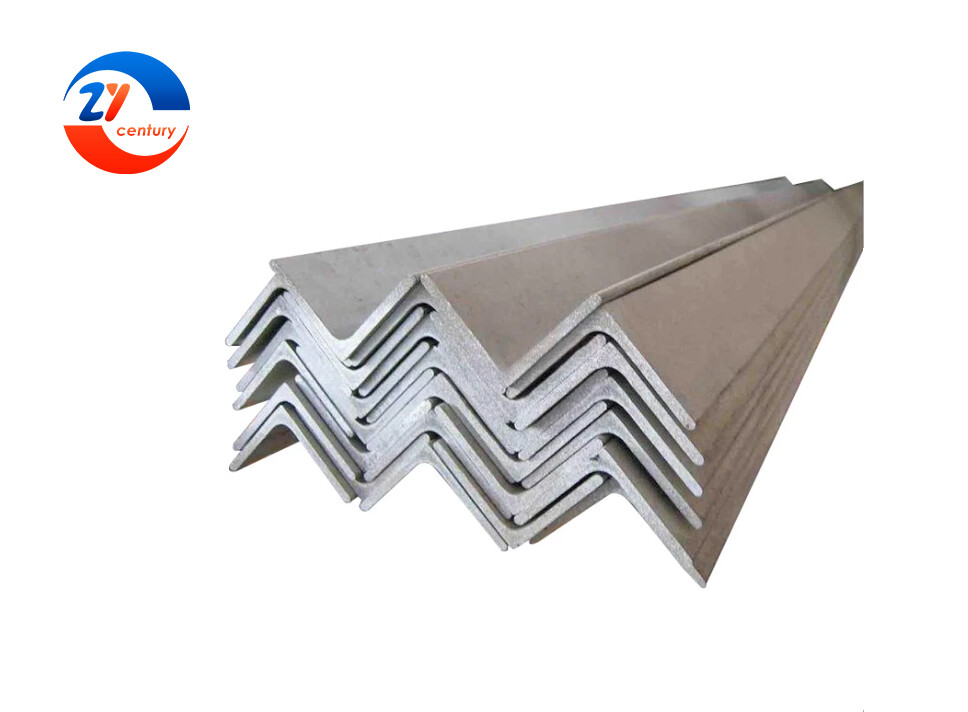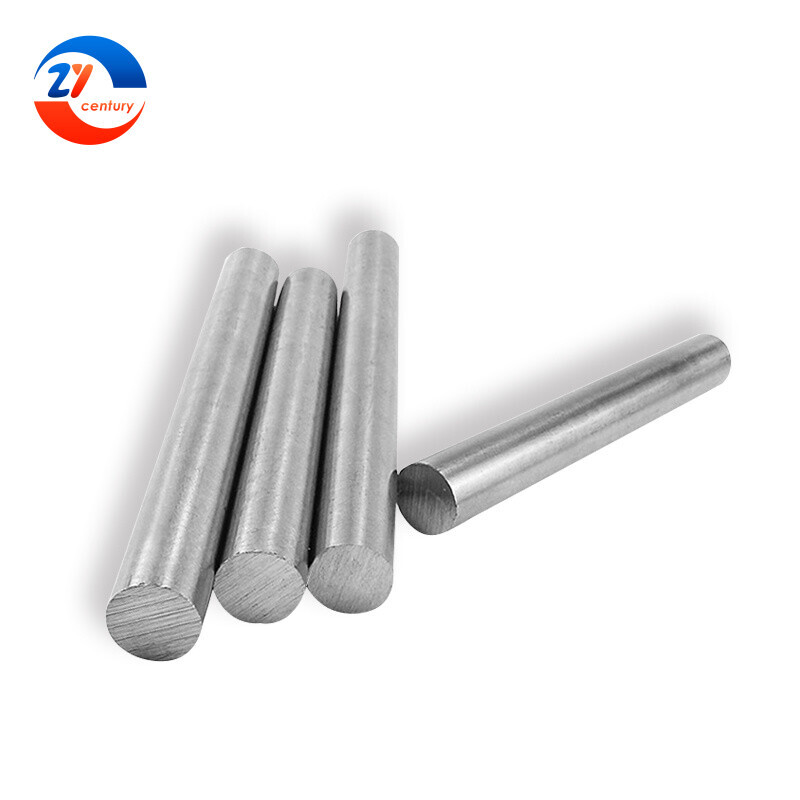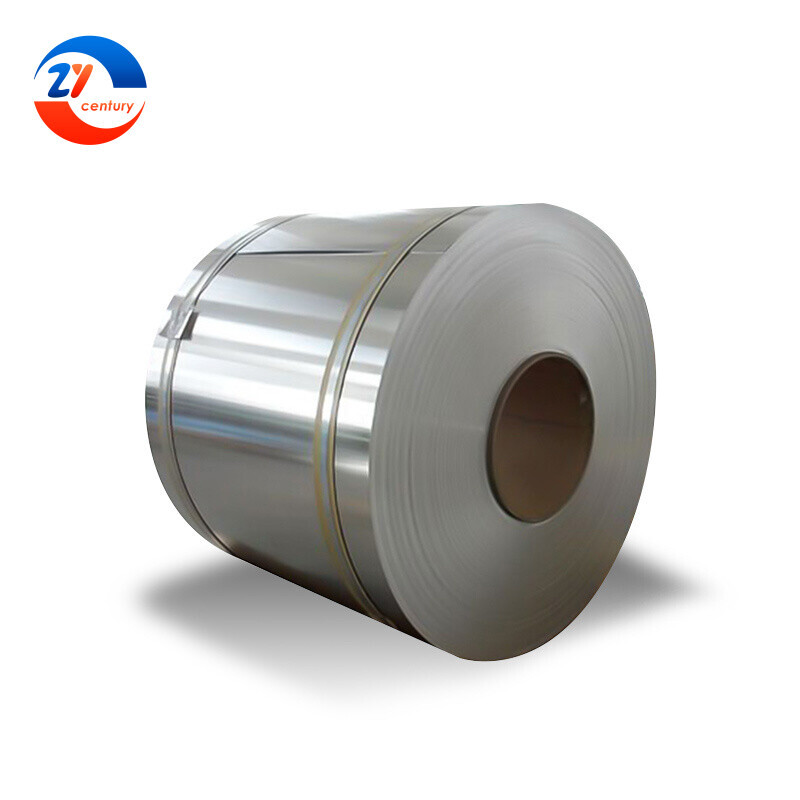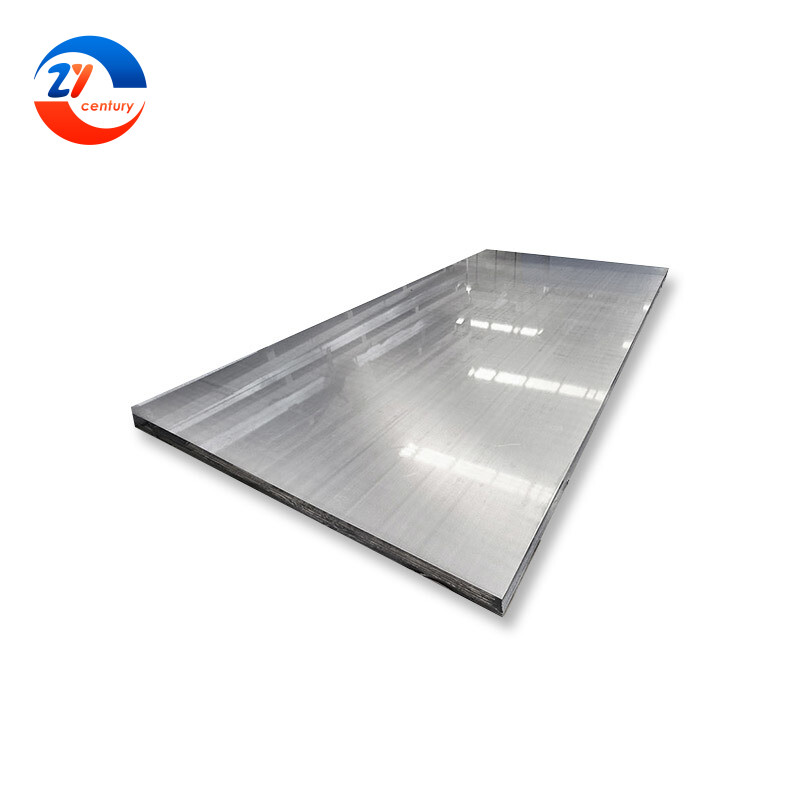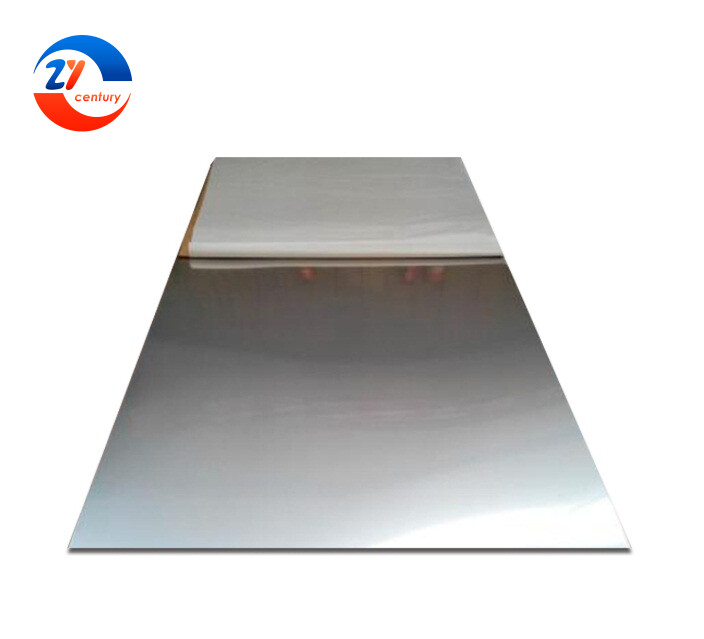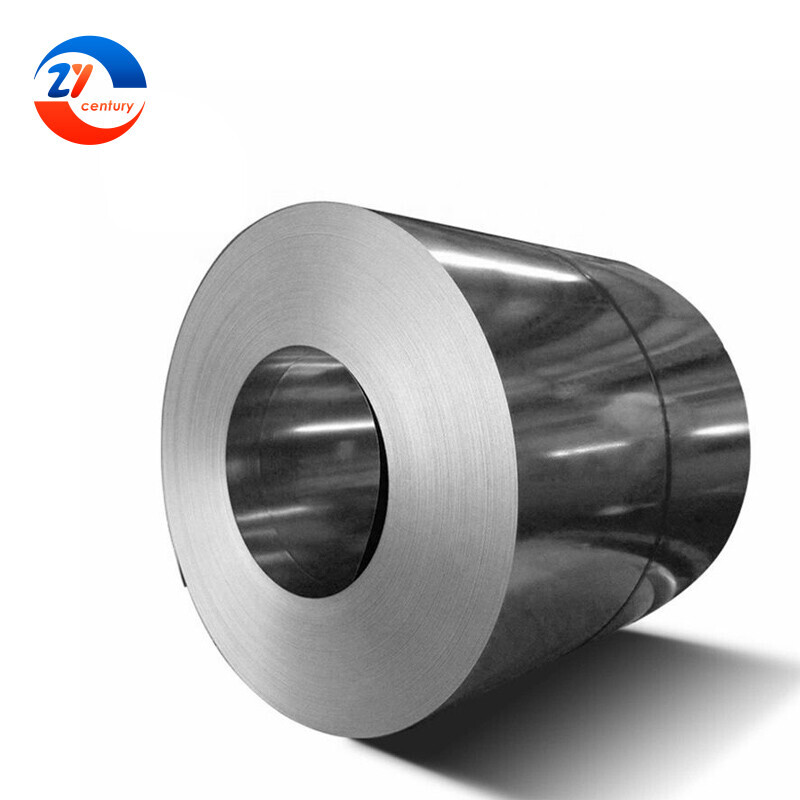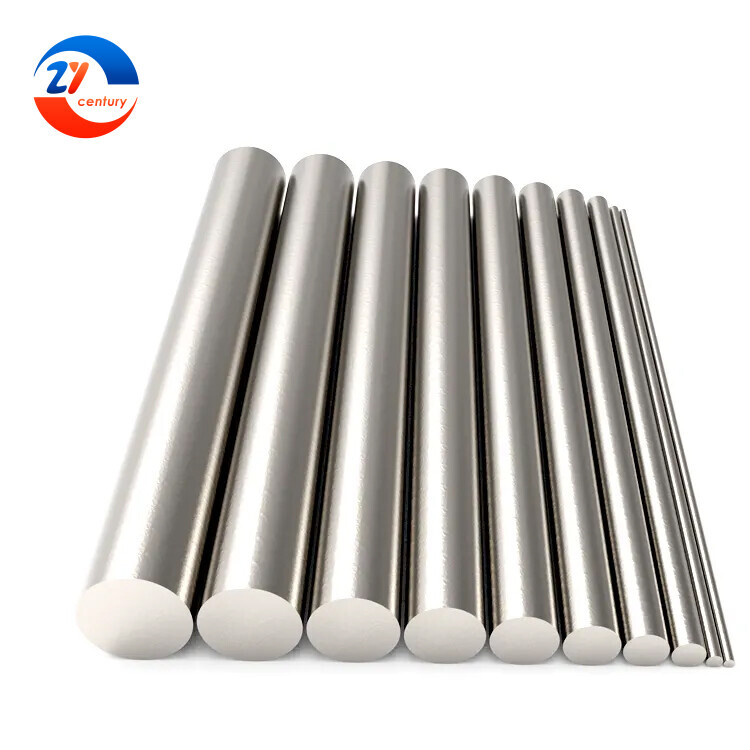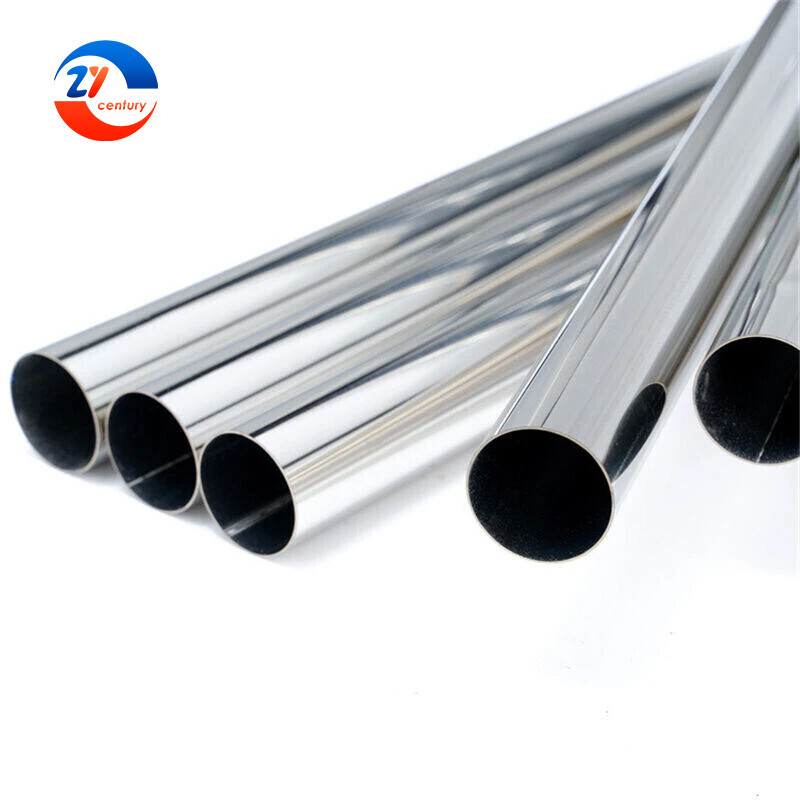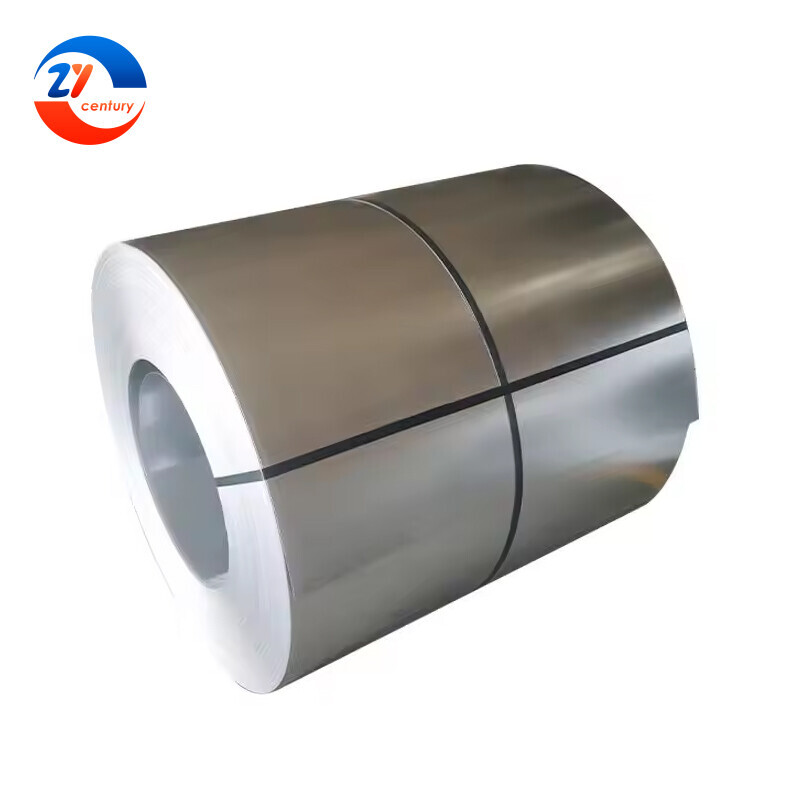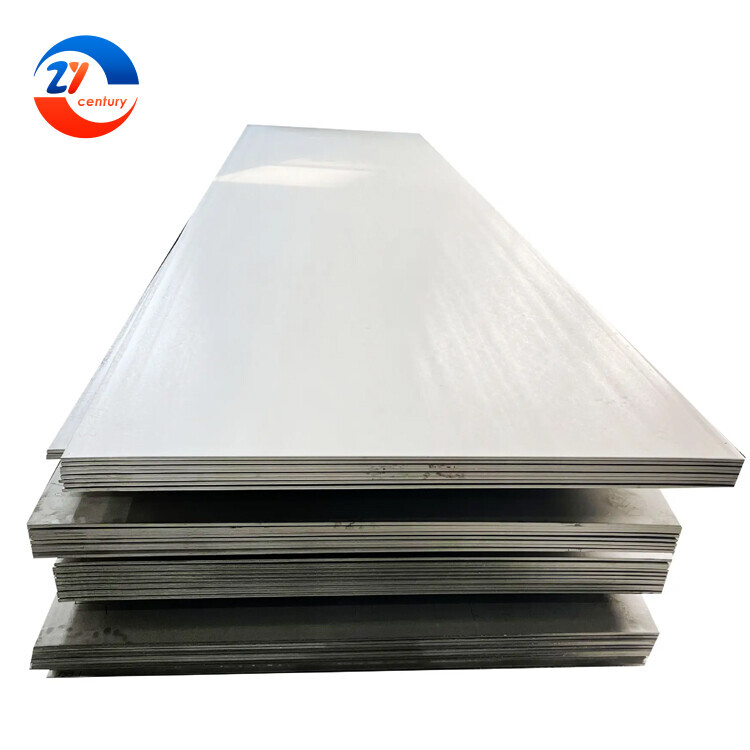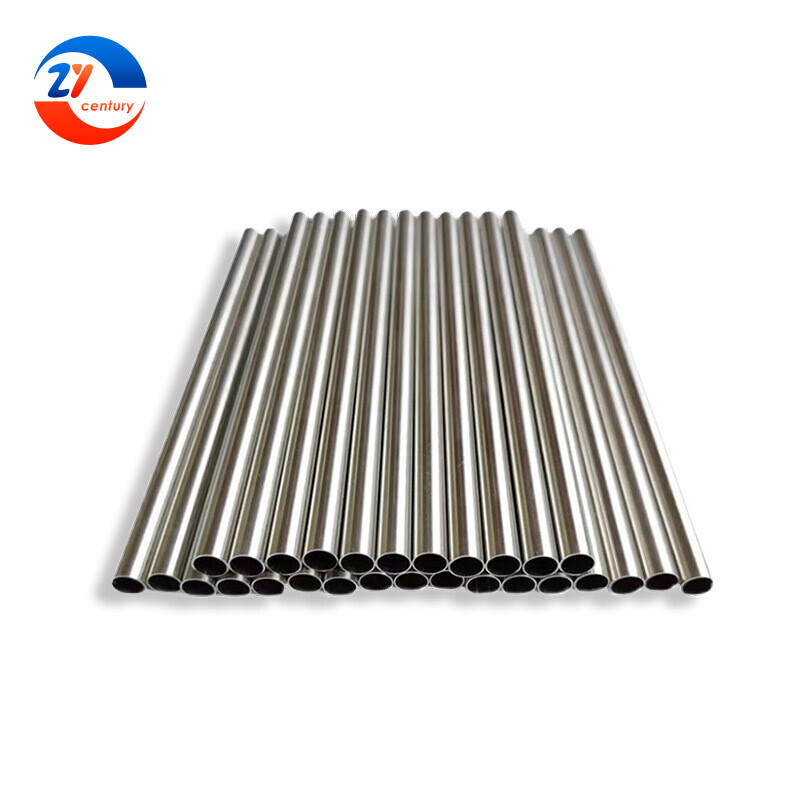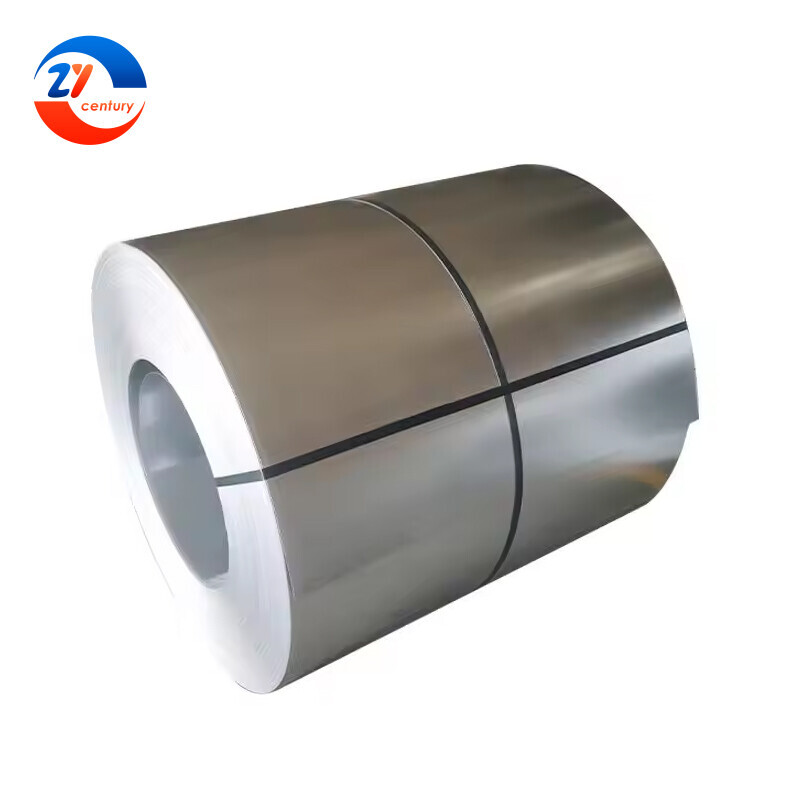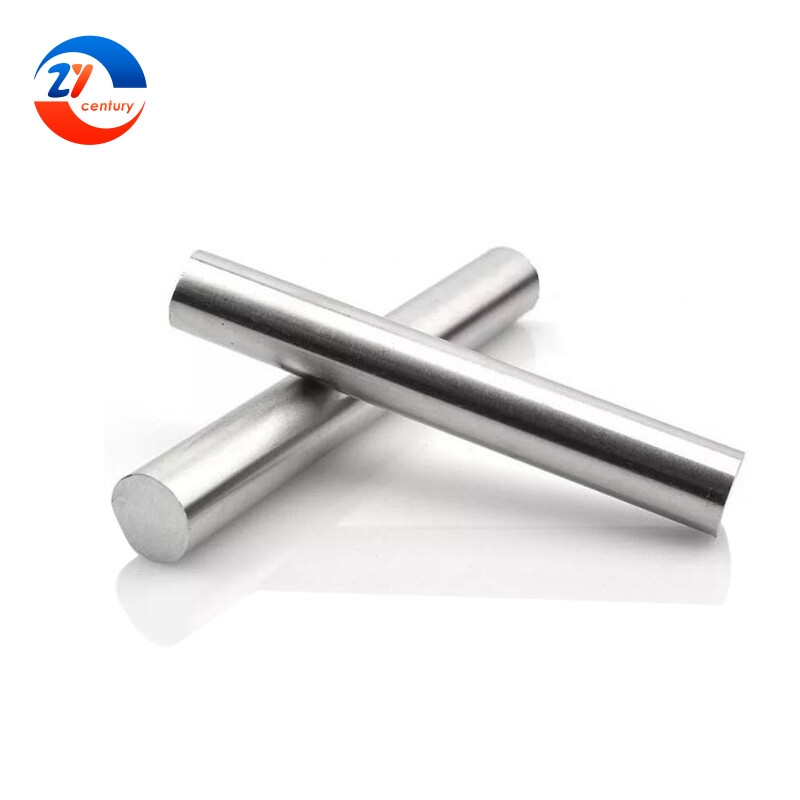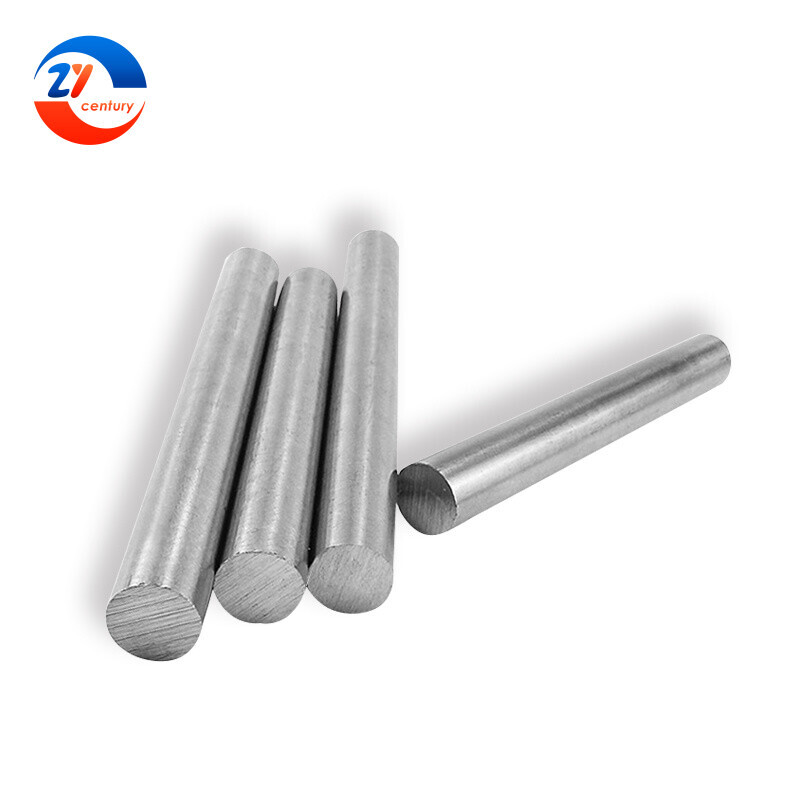| Property | Precision Alloy Tubes |
| Material Composition | Precision alloy tubes are typically made from metals such as nickel, iron, cobalt, copper, and other elements in specific proportions. Common alloys include Invar, Kovar, Mu-metal, Constantan, and Permalloy. |
| Diameter Range | Available in a wide range of diameters, typically from 5 mm to over 100 mm, depending on the alloy and application requirements. Custom diameters can be produced to meet specific needs. |
| Wall Thickness | Wall thickness generally ranges from 0.5 mm to several millimeters, depending on the pressure and structural requirements of the application. |
| Applications | Used in high-precision applications like aerospace, medical devices, electronics, and industrial equipment. Common applications include sensors, transformers, electronic components, magnetic shielding, and instrumentation. |
| Mechanical Properties | High strength, good toughness, and excellent dimensional stability. Precision alloy tubes offer resistance to deformation and excellent fatigue strength even under high-pressure and temperature conditions. |
| Thermal Properties | Precision alloys like Invar (low thermal expansion) and Constantan (stable electrical resistance) are designed for specific thermal applications. These tubes maintain their properties across a wide range of temperatures. |
| Electrical Properties | High electrical conductivity for alloys like Constantan and precise electrical resistance for applications such as strain gauges and thermocouples. |
| Magnetic Properties | Certain precision alloys such as Mu-metal have high magnetic permeability and are ideal for magnetic shielding applications to protect sensitive equipment from external magnetic fields. |
| Forming & Fabrication | Precision alloy tubes can be hot-rolled, cold-rolled, or extruded to meet exacting standards. They can be further processed by cutting, bending, welding, and machining into specific shapes or sizes. |
| Heat Treatment | Heat treatments such as solution annealing, stress-relieving, or aging are applied to enhance mechanical properties and ensure dimensional stability of the tubes. |
| Welding & Joining | Precision alloy tubes are weldable using methods like TIG (Tungsten Inert Gas) welding or laser welding. However, special care is required to avoid compromising material properties during welding, especially for alloys sensitive to temperature variations. |
| Examples of Alloys | Invar (36% Fe-Ni), Kovar (Fe-Ni-Co), Constantan (Cu-Ni), Mu-metal, Permalloy, Ferro-nickel |
| Cost | More expensive than standard steel or other non-precision alloys due to the high cost of materials like nickel, cobalt, and the precise manufacturing processes involved. |
| Common Standards | ASTM B622, ASTM B626, ASTM B619, ASME SB-622, ASME SB-626, AMS 5580 |

